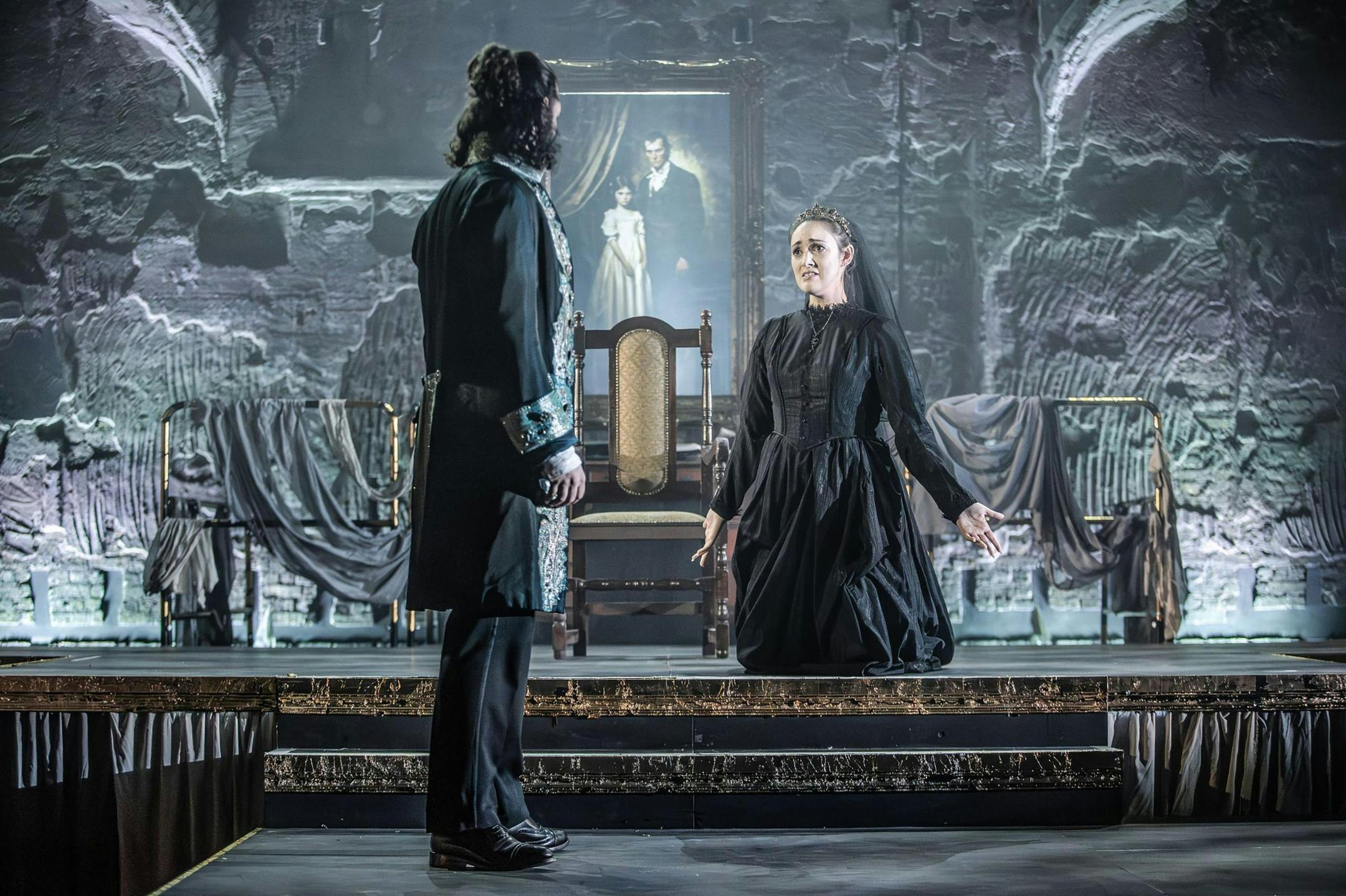This article is taken from the August-September 2025 issue of The Critic. To get the full magazine why not subscribe? Right now we’re offering five issues for just £25.
To any sensible person, the life of the opera critic must seem a curious, etiolated one — poncing (or in more modest moods perhaps merely swanning) around a tiny number of highly controlled environments where no regular human would think of setting foot, seeing for the millionth time some bit of preserved-in-amber old fluff like La bohème or La traviata, merrily pointing out how badly they’ve done it and what a terrific scam the whole thing is, before waltzing off to the next one.
You don’t know the half of it. There’s another life one barely dares speak of, spent skulking about a long way from the swank of Bow Street and those home-counties meadows, hand-clipped with nail-scissors by chain-gangs of local morlocks.
A nicer, more genuine opera world is hidden away far from the gimcrack glamour of divas and maestros and elephantine architectural heritage that governments conspire to pretend is our greatest cultural treasure, and splurge more of your money on than the rest of the arts combined.
This is the time of year when that rackety creature emerges from its burrow and does a bit of mousy cavorting of its own, in funny places like Dalston, Blackheath, York, Taunton, Eastbourne, Wexford, an Oxfordshire deanery garden — and, given the generous over-provision of marvellous young singers and players our conservatories churn out, usually to pretty decent standards.
The Grove Dictionary of Opera contains not the 50 entries experience leads you to expect, but a couple of thousand, by 400-odd composers. Whilst an enormous heap of trash exists in opera as in every art, a few dogged obsessives, like those scavenging dudes who live on rubbish mega-mountains in Djakarta, spend their time sifting the effluent for lost gold — and occasionally even finding it.
These reveal a happy variety of opera’s central concern — viz the fun ways you can dispose of your heroine. Opera Rara, devotees of opera’s neurasthenic 19th century heyday, have given us inter alia Gabriella di Vergy dying of shock when presented with the still-beating heart of her beloved, Rosmonda d’Inghilterra rather poshly stabbed to death by Eleanor of Aquitaine, Maria Padilla snuffing it through of “a surfeit of joy”.
Other amusing variants come with Pietro Mascagni’s Iris, a Butterfly pre-tread, who drowns herself in a Tokyo sewer, and Nikolai Rimsky-Korsakov’s Snow Maiden, melting into a slushy puddle with the onset of spring.
You seek such delights in vain at our main companies, but the fringe lets them gambol free. See New Sussex Opera, taking its genteel raves around such jetset hotspots as Eastbourne and Winchester — where I caught the forgotten Silver Bell by Camille Saint-Saëns, one of the most extravagantly gifted of 19th century musicians, this being the first of his 13 obscure operas.
A prototype of Offenbach’s Tales of Hoffmann, scripted by the same guys, the gimmick here is that the hero, a tormented artist whose muse in a sexy but semaphorically disaster-provoking way has sprung to life as a hot succubus, also acquires a little magic bell that delivers cash when rung — plus (bingo!) the death of a close acquaintance; the guy lives out the consequent dilemmas, naturally, in the most catastrophic manner imaginable.
The standby whinge fastens on opera’s idiotic plots — but how else to frame the tribulations of people staggering through the very extremities of human experience?

Take Donizetti’s Maria di Rudenz, a spin-off from the insane “Bloody Nun” episode of Matthew Lewis’s The Monk. The dram pers are not so much functioning humans as the purest expressions of romantic and/or erotic trauma.
Maria’s boyfriend dumped her in some catacombs, assuming she’d starve to death there, then traipsed home to his castle to marry her sister. Maria fails to die, but secretly returns also, and keeps leaping out from behind pillars at tense moments — a neat ploy, everyone assuming she is a ghost and getting metaphysical jitters.
A top-ten bloodbath rounds it all off as Maria gets her mojo on with a dagger. This was one of last year’s most memorable shows, performed by Gothic Opera in a Battersea Arts Centre swirling with sanguineous lighting and dry ice, with tickets costing probably fifteen quid.
Not everything can be quite that intense, but there is always something mad to enjoy at the Arcola’s Grimeborn Festival (yes, yes, I know, but it was funny 15 years ago), the fringe’s grungey flagship in Dalston. In Oxfordshire, Bampton has been exhuming 18th century works for the last 30 years, refuting Peter Shaffer’s calumnies against Salieri in the process. Vache Baroque in Bucks has started a similar shtick.
Somerset Opera this month takes on Handel’s Julius Caesar — refashioned into a village cricket rivalry — and the pro-am Blackheath Halls Opera gets its paws on Gluck’s Iphigenia in Tauris. Wexford follows last year’s Charles Stanford triumph (The Critic, no less) with a forgotten Delius job.
For sure, any of these could be dreadful, though you might be lucky enough to catch an amateur chorus of nice elderly ladies tottering around pretending to be prostitutes, and so on. In any event, they could hardly be as ghastly as the stuff (Les Indes galantes, Semele) dished up at the posh end lately. And say what you like, they won’t set you back two hundred quid.











